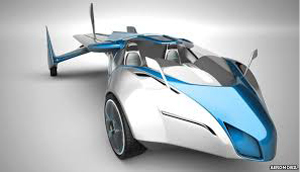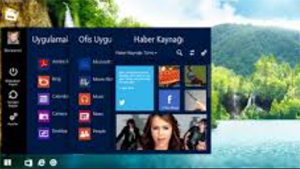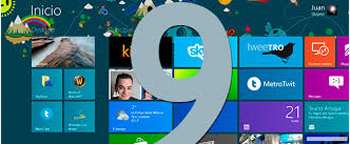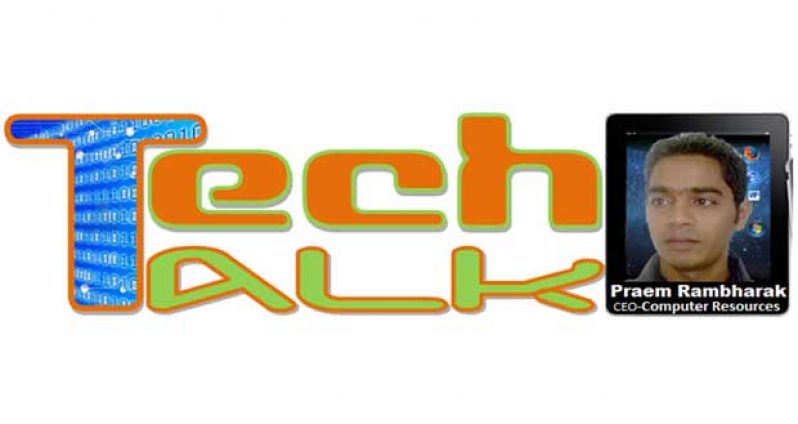The idea of having a part car, part plane, part drone parked outside your home may not be as far-fetched as it seems. There really aren’t any technological hurdles to this.  We are going to have personal air vehicles that are both cars and planes at least that’s Missy Cummings’s vision of the future. It’s basically the intersection of a drone with a robotic car, so that your plane is also your car, but the big leap in technology is that you are actually driving neither.
We are going to have personal air vehicles that are both cars and planes at least that’s Missy Cummings’s vision of the future. It’s basically the intersection of a drone with a robotic car, so that your plane is also your car, but the big leap in technology is that you are actually driving neither.
Drones have a negative bias in the media, because they are essentially seen as spy cameras. But most people don’t realise that when they are on a plane they are effectively travelling on a drone. The fly-by-wire technology that exists on all Airbus and many Boeing crafts is the exact same technology that exists on drones.
The reason why drones are the answer to the future is that the truth is we are terrible drivers. Humans inherently have a half-second lag in almost any quick response that they need to have, like a ball rolling out in a street or seeing an aircraft in the sky and you have to take evasive action. Even a half-second delay can mean the difference between life and death, and computers and automated systems don’t have that – they have microseconds.
So, our transportation network of the future, both on the ground and in the air, will actually be safer when we turn it over to computers.
There really aren’t any technological hurdles to this idea. The biggest hurdles we have are psychological and cultural, in terms of giving up the car. But no new tech needs to be developed to have your own personal flying car. What we have to do is improve production and reduce manufacturing costs, and what that means is that we need more robots. So this is almost a self-circular process, where we need robots to build robots to make them cheaper.
Should we worry about the machines rising up and taking over? No, what we should be worried about is hackers and terrorists who want to do wrong. One of the things is to work on technology that allows any flying robot to be able to fend off any attack and be able to navigate itself without any GPS or any other external signal.
There are lots of different possibilities for what your personal air vehicle could look like. You could own your own in your driveway or garage, and you could jump in it. Or we could have a shared network like the plane version of Zip-car. People should be excited about this: It promises much in terms of safer travel and in parts of the world where the road and air networks are poor, people will be able to get the goods and services they need.
So, when we look at globalizing this concept of personal air vehicles, it means we will see the quality of life improve dramatically for everyone around the world.
6 reasons to be excited about Windows 9
Microsoft is expected to begin showing off Windows 9’s features later this month. Here are the expected changes you should be thrilled about.
Return of the Start menu
Perhaps the most lamented feature of Windows 8 was Microsoft’s callous removal of the Start menu. The Start button kinda-sorta came back in the Windows 8.1 update-but it just led you back to the dreaded Start screen with its sea of tiles and apps.
In Windows 9, Microsoft is rumoured to be making a full reversal by bringing the Start menu all the way back to its rightful place on the bottom left of your screen.
Bye, bye Charms
In Windows 8, accessing search, settings, sharing and connected devices is just a thumb-swipe away -unless you don’t have a touch screen. If you’re using a mouse and keyboard, you have to move your mouse to the upper-right-hand  corner, making it too easy to launch the charms-bar by mistake if you’re scrolling or trying to close a window.
corner, making it too easy to launch the charms-bar by mistake if you’re scrolling or trying to close a window.
Windows 9 is expected to do away with the charms bar, replacing it with a settings tab next to the minimize button at the top right of each window.
Interactive live tiles
Live tiles in Windows 8 are a great way to get a snapshot of information without ever opening the app. They offer quick glances at weather, stocks, social media posts and emails. But if you want to dig deeper, you have to open the app.
In Windows 9, rumours are you’ll be able to click or swipe through information without opening the app. For example, you might be able to scroll through calendar appointments or delete emails right from the tile.
Better power management
Windows 8 doesn’t take up too much space on your hard drive, and it starts up in seconds. But it can be a power suck on your battery. Windows 9 is expected to fix that, waking up the computer’s processor just once every few seconds in some cases — instead of hundreds of time per second. If true, that could vastly improve battery life.
Cloud-based OS
Rumours suggest that Windows 9 might transfer some Windows capabilities to the cloud. The core operating system functions would still live on your computer, but some of the lesser-used features would run over the Internet. That could translate into more free space on your hard drive, fewer Windows updates and potentially cheaper computers.
Notification centre
On the lock screen, Windows 8 notifies you how many emails you have and what your next calendar appointment is. But there’s no easy way to see that information when your computer isn’t locked. Let’s see if Microsoft can win back its supremacy in the software world.



.jpg)











